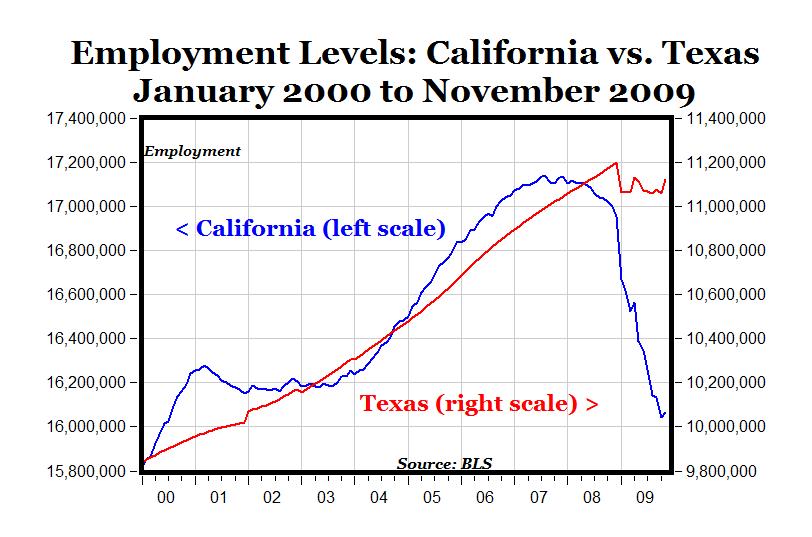
New Mexico’s state legislature has been controlled by Democrats since 1953, but there are some reasons to think that Republicans could take it over in 2014. While the Rio Grande Foundation is a non-partisan organization willing to work with anyone who shares our ideas, even on a single issue, we have prepared a report on long-overdue reforms that a Republican-led state legislature could have an advantage in enacting. (Democrats are encouraged to read it too!) Not only are these reforms good ideas in their own right, but we believe they are also appealing to the electorate.
They’re both good policy and good politics and given the poor economic performance during the ongoing economic “recovery,” New Mexico needs some good public policy reforms.
First, there’s ballot access reform. Political competition is a good thing, and it’s hard to imagine that the benefits of increased competition stop with the second party. Current New Mexico ballot access law imposes much steeper signature collection requirements on third-party candidates than on Democrats and Republicans. At a minimum, equalizing the signature requirements would provide for a fairer and more truly representative electoral process. Ideally the Legislature could scrap the signature requirement entirely and let voters see the whole menu before making a choice. Voters will like this.
Second, the Legislature’s time management is unimpressive, to put it kindly, which decreases efficiency and transparency. It routinely wastes time during the session and committee meetings are rescheduled on the fly. This makes citizen engagement that much more difficult. There’s little guarantee that experts invited to testify before committees will get their chance, and monitoring what the legislature is up to is a full time job.
Allowing remote testimony is one small change with potentially large benefits. Our state is expansive and getting to hearings in Santa Fe is quite a commitment for most people in the state. Allowing remote testimony from community colleges, for example, would decrease the costs of participating in legislative hearings both for active participants and for citizen monitors. This is a small technical problem that was solved years ago that would also incentivize better scheduling and time management. This proposal, too, should be a winner with voters.
Third, there’s always the issue of taxes. Many states, including our neighbor to the north, require all tax hikes to be approved by the electorate at the relevant political level. We believe it’s sensible to adopt a constitutional amendment doing the same thing here. Asking voters to weigh the costs of a program against the promised benefits beforehand seems like a very politically defensible idea, especially in a state that is significantly poorer than the national average and can ill afford to spend tax money on wasteful programs. Forcing Santa Fe to ask permission from us citizens before spending our scarce tax dollars would incentivize cost-effectiveness and reduce government bloat. Again, it’s a good idea and a winning idea.
The fourth idea is more efficient infrastructure provision. Senate Bill 33 from the 2009 session requires state contracts to pay inflated union-level wages when there are plenty of qualified workers here who are willing to build roads, schools, and other public projects for less; in fact, only 8.7% of New Mexico’s private-sector construction workers have made the choice to join a union. (You can guess which special interest groups pushed for that bill.) Reining in the 15% overpayment on public projects would allow for more results at lower cost. Rather than raising the gas tax as was introduced during the recent legislative session, New Mexico policymakers should pay market rates for construction. This is a simply policy idea that should resonate the vast majority of voters.
None of these proposals is particularly radical. All of them are relatively simple, straightforward, cost-effective ways of furthering the public welfare. Political competition, transparency, efficiency, and wise use of public money are all worthwhile and politically sensible ideas. If the Republican Party does take the Legislature in 2014, we hope our report gives them some ideas. If they don’t, Democrats are free to take advantage of them as well.
McElroy is a Policy Analyst with New Mexico’s Rio Grande Foundation. The Rio Grande Foundation is an independent, non-partisan, tax-exempt research and educational organization dedicated to promoting prosperity for New Mexico based on principles of limited government, economic freedom and individual responsibility









